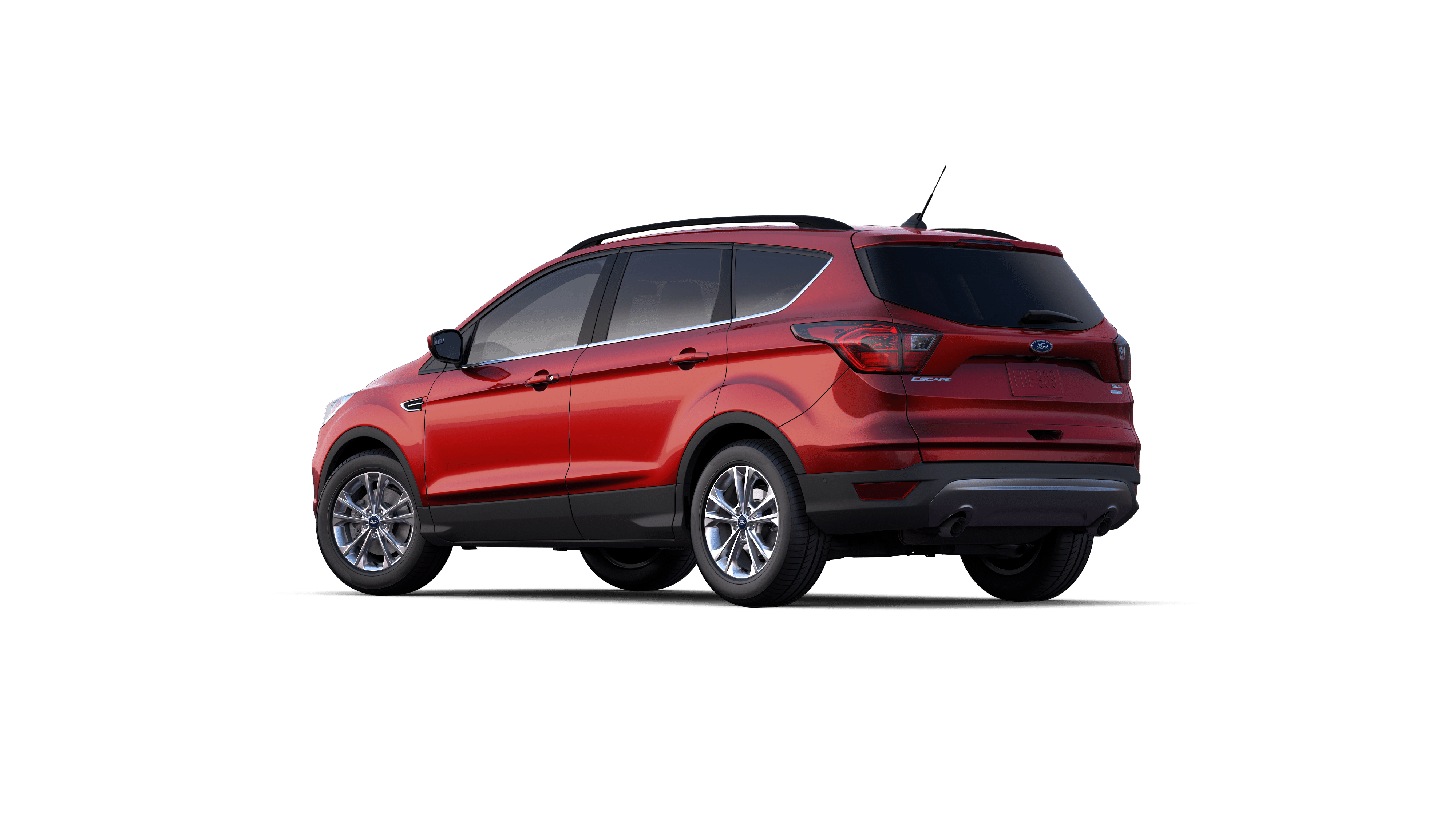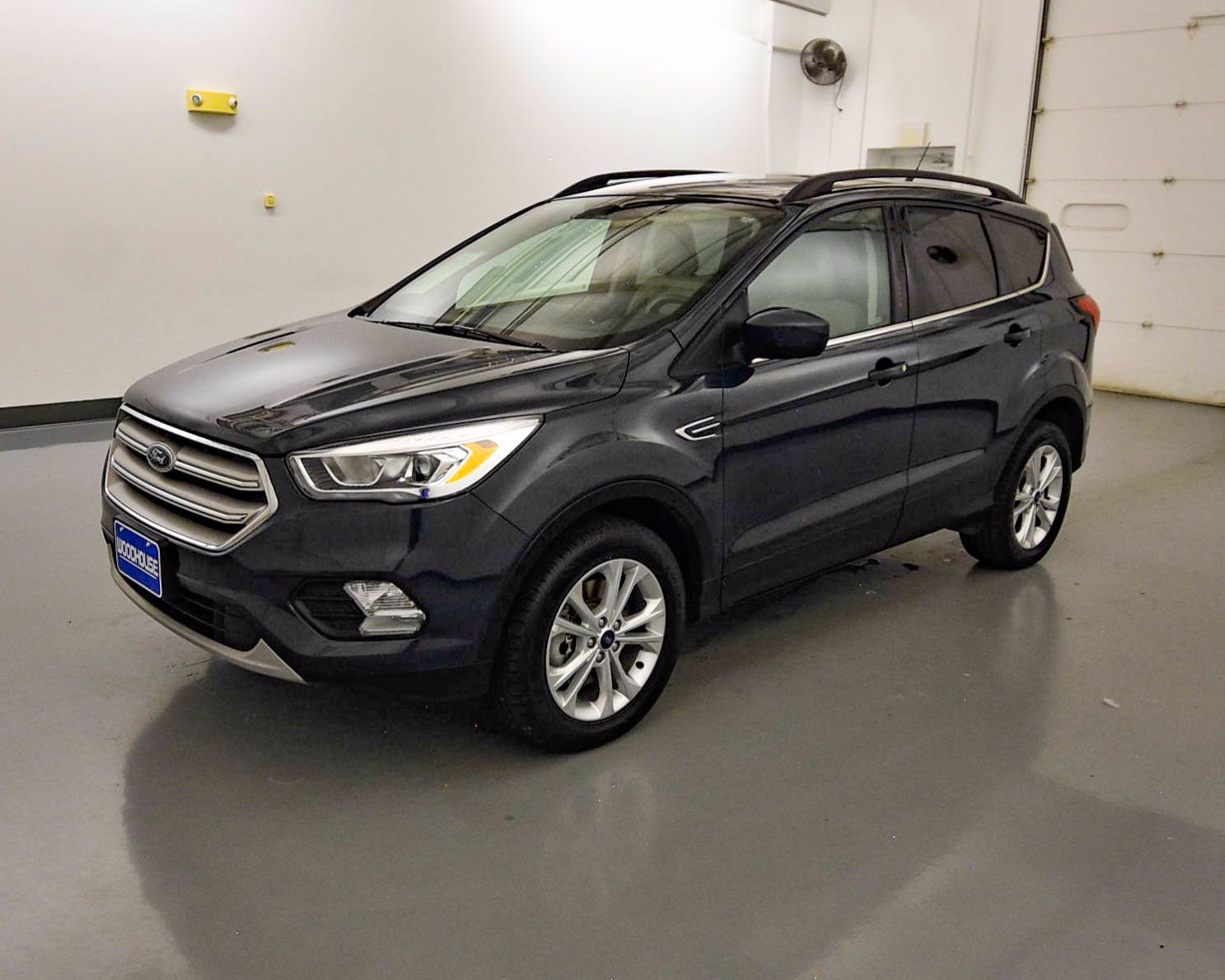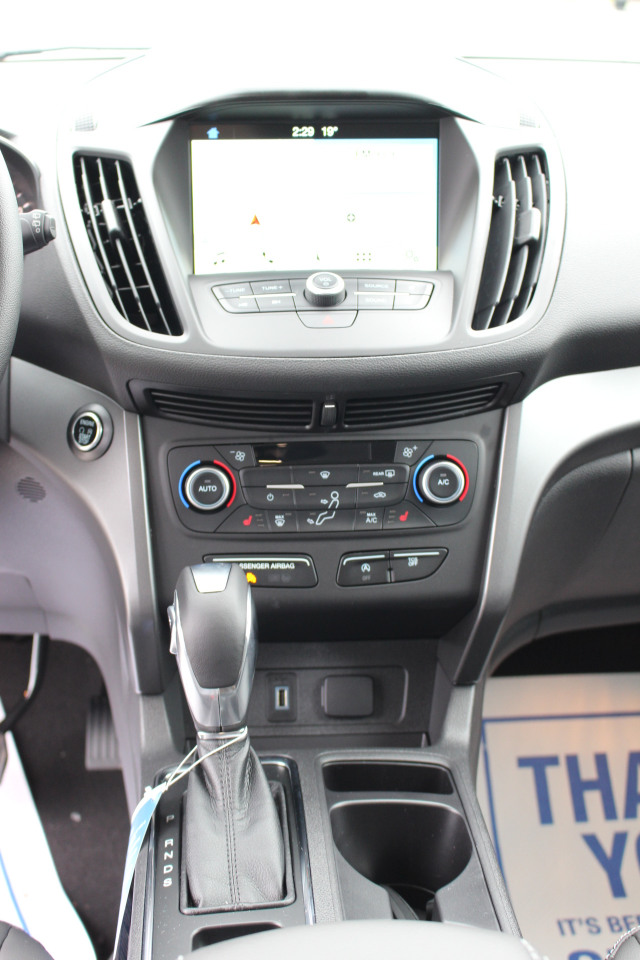

#2019 FORD ESCAPE SEL PROFESSIONAL#

Shoppers who just want the safety items – and especially, if they’re like me and don’t care for glass roofs – shouldn’t have to fork over that much to get them. The Titanium comes with numerous higher-end features – auto-dimming mirror, heated steering wheel, ten-way leather seats, and bi-xenon headlamps – but optioning a package of adaptive cruise control, lane-keeping assist and blind spot monitoring adds $2,500, because a panoramic sunroof is bundled in with it. You can use voice commands for many of the functions, and it works quite well, but you shouldn’t have to default to one controller because the other is awkward to use. The system itself is fairly easy to use, but it requires that you tap the icons at the bottom of the screen to get to each function – and because that screen is set deep in the dash, and with a little joystick for the stereo stuck in front of it, it’s difficult to actually get your hand in there to tap them.
#2019 FORD ESCAPE SEL SOFTWARE#
The top-level trim includes a self-parking feature that turns the wheel to guide the Escape into parallel or perpendicular spots, but like all of these systems, it’s faster just to park it yourself.Īnother fiddly thing is the centre touchscreen, where Ford’s Sync 3 software program takes care of the connectivity, audio, and on my Titanium tester, the navigation system. Visibility is very good – if a little “fish-bowly” thanks to its large windshield – and a fairly tight turning circle helps in tight spots. The Escape’s a decent driver, with steering that’s light enough for easy parking-lot manoeuvres but with enough heft at higher speeds.

And while the 2.0L will accept regular-grade fuel, it wants premium gas if it’s going to deliver its maximum horsepower and torque, which of course will add to your operating costs. Keep in mind that if you like to go fast, you’re not going to get the advertised fuel efficiency.

The 2.0L certainly gives you plenty of that – it scoots when you ask it – but the turbo is pushing in both more air and more fuel when you do. The “EcoBoost” moniker describes the reason so many automakers are switching to tiny turbocharged engines, even in larger vehicles: they provide the inherent fuel saving that you get with a small engine, but when you want power, the turbocharger kicks in to provide it. This advertisement has not loaded yet, but your article continues below.


 0 kommentar(er)
0 kommentar(er)
